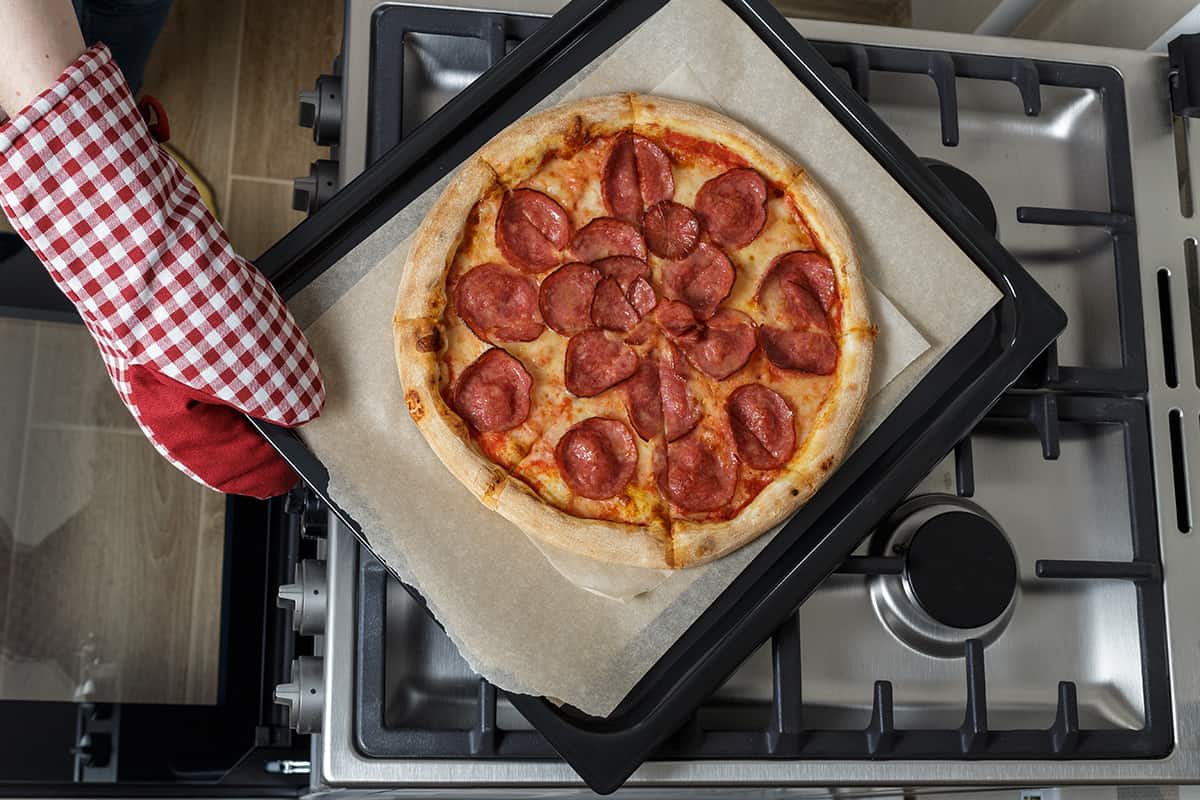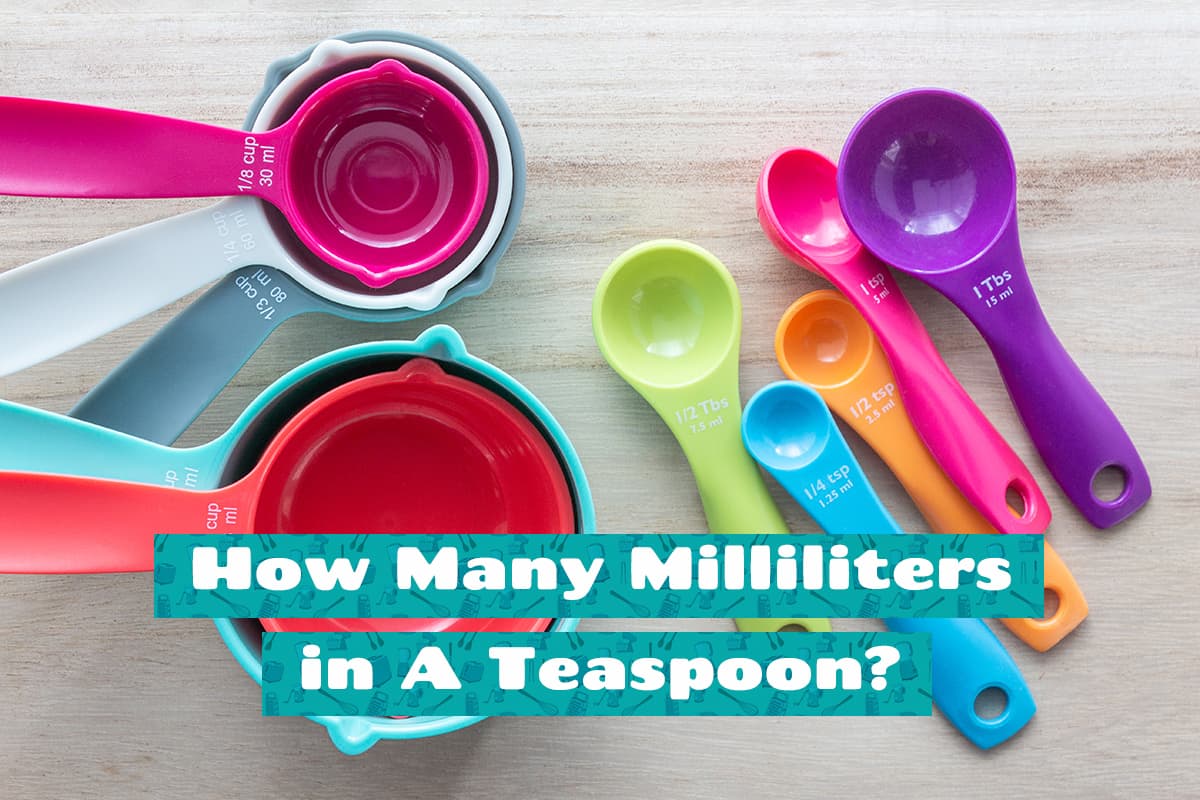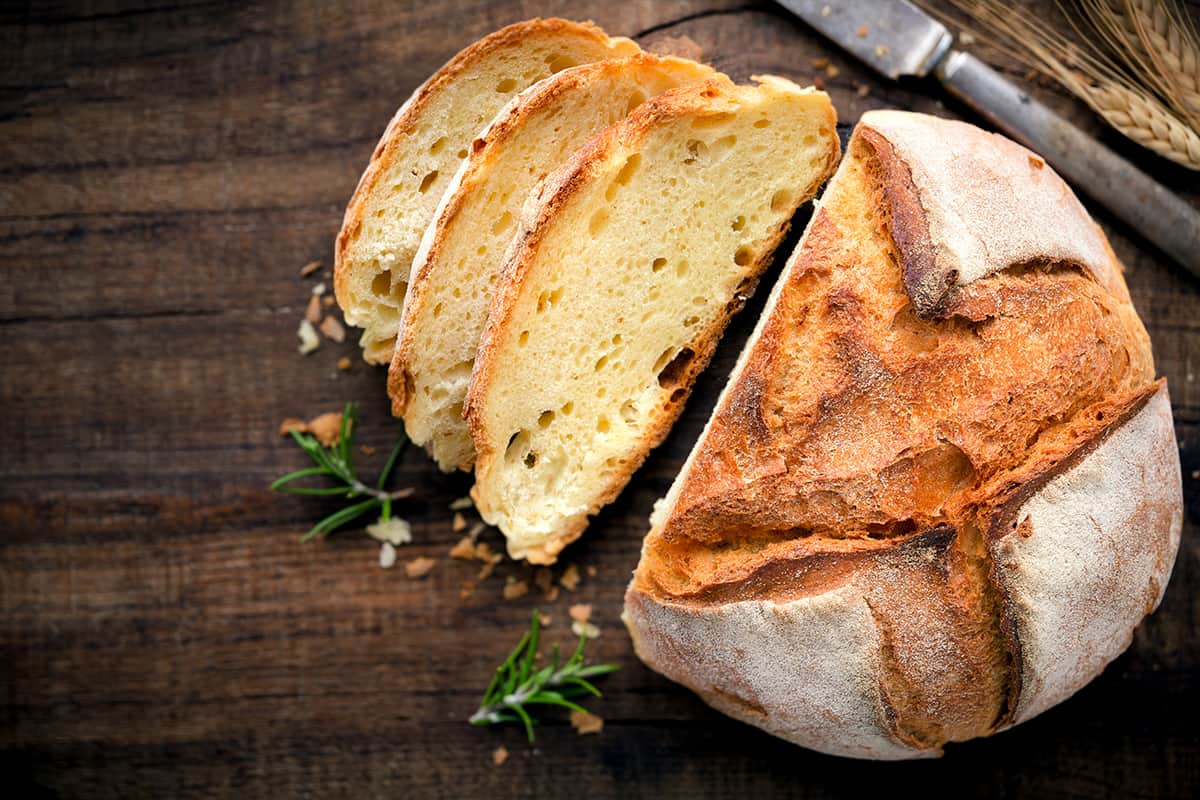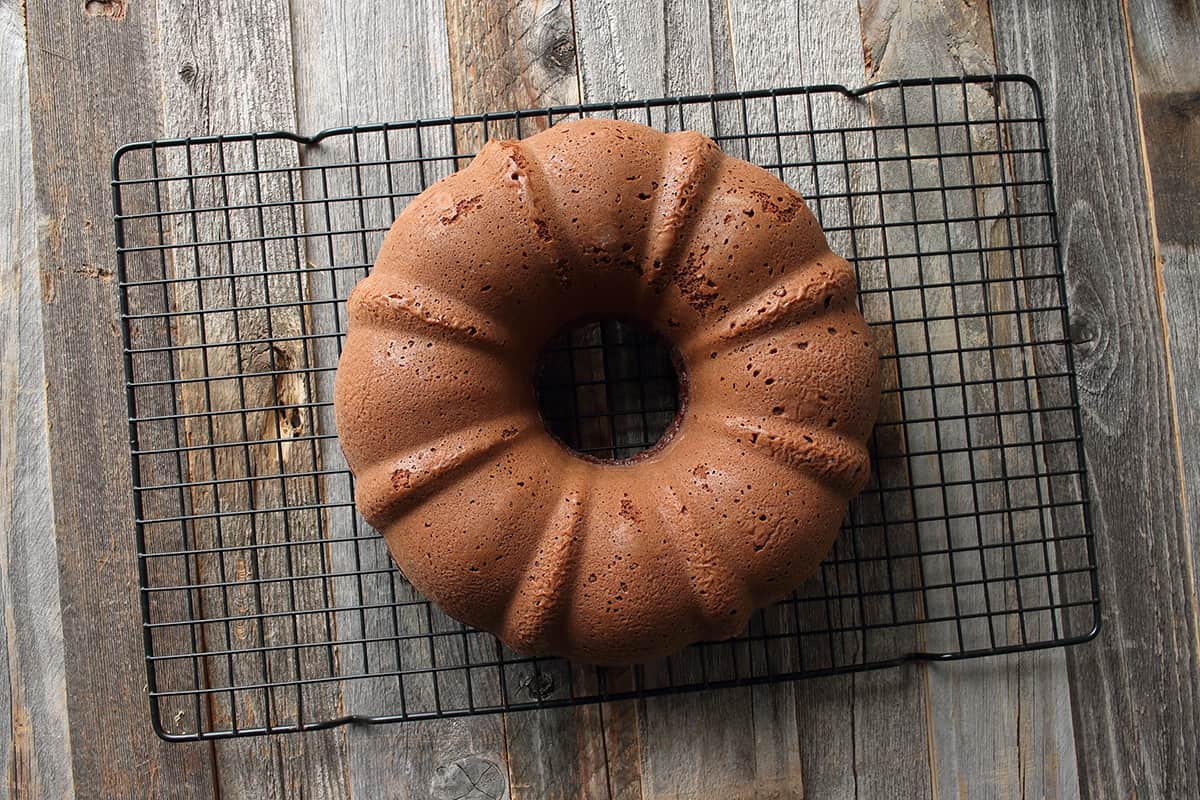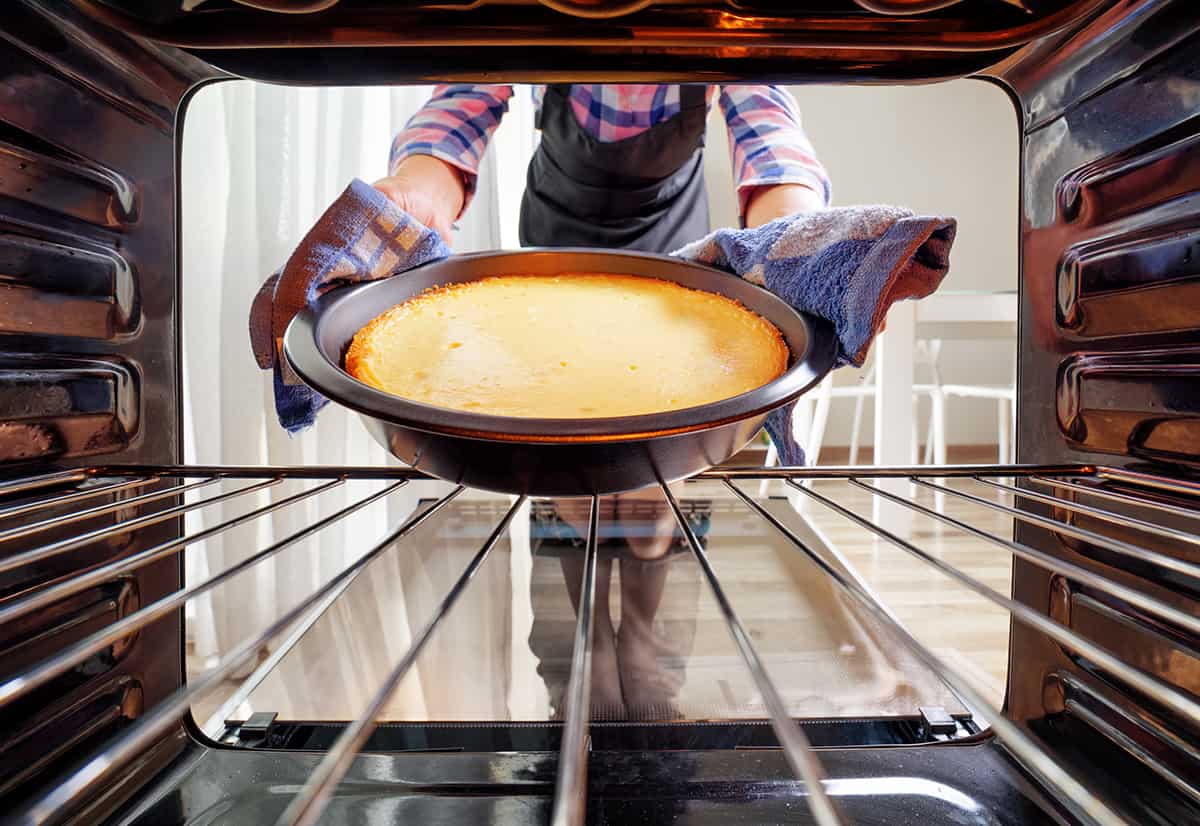If you think about it, baking is just placing food inside a hot container. If there’s a way to raise the temperature of an enclosed space, then you can bake something in it. So, is it possible to create a baking environment on a stovetop?
Yes, it is possible to bake food on a stovetop. To get started, you will need:
- A humungous pot with a fitted lid
- A wire rack
- A baking pan
- An oven thermometer
- A stove (any kind will do)
Today, I’ll explain how to bake on a stovetop, how it compares to baking in an oven, and alternate oven-free baking methods.
How Does an Oven Work?
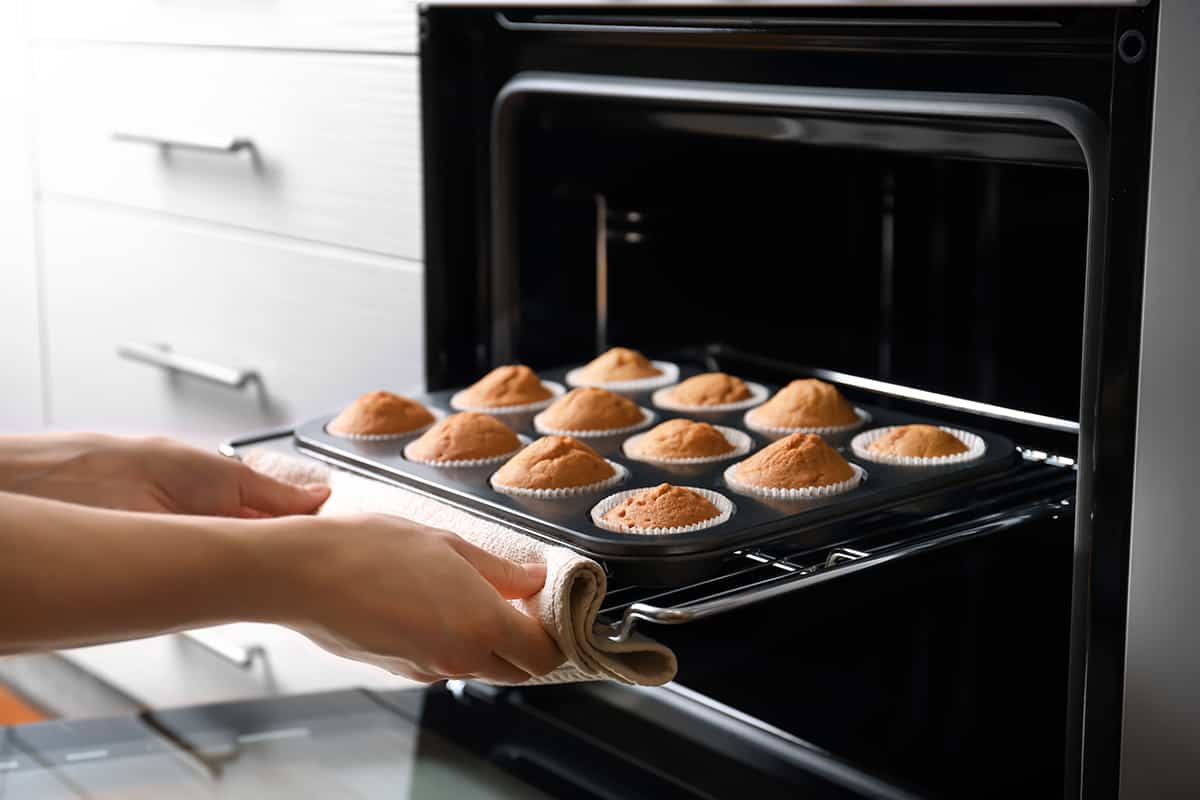
Normally, you would need an oven to bake things. So, what exactly is an oven, and how does it work?
An oven is an enclosed cooking compartment. It will come with one or multiple racks on which you place food or baking dishes. A heating element slowly increases the temperature inside the closed compartment, and the radiant heat will cook your food from the outside in.
Ovens are usually used for baking—i.e., cooking food with dry heat. However, you can use an oven to defrost, roast, broil, braise, warm dishes, and much, much more. Needless to say, ovens are highly versatile cooking appliances that you can use for nearly anything.
But if you don’t have an oven, is it possible to simulate an identical cooking environment on your stove?
How to Bake on a Stove Top
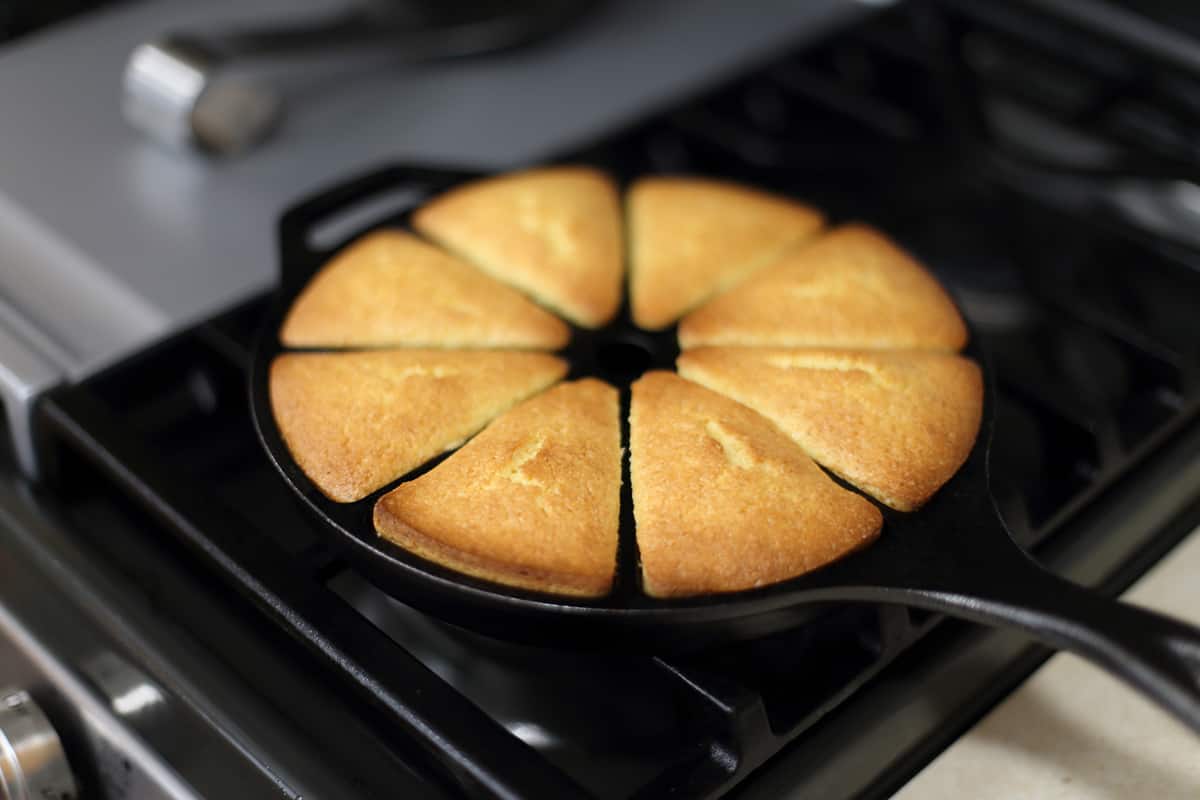
Yes, it is. In fact, you can pick up stovetop oven units to bake your favorite dishes without a standalone oven. These things are space-savers and will come incredibly handy on camping trips and in dormitories.
What You Will Need
But what if you don’t have a stovetop oven unit? Well, it’s still possible to use your stove to bake all sorts of foods, but you will need the following items:
A humungous pot with a fitted lid—This tool will serve as the enclosed environment that retains heat to bake foods. It needs to be large enough to house a wire rack and a baking pan. The pot also needs a heavy fitted lid to prevent heat from escaping.
A wire rack—Since the humungous pot will stand directly on top of the grates, glass top, or ceramic plate of your stove, you need to find a way to prop your food up to keep them away from the super-hot bottom of the pot. A wire rack will work exactly like the racks inside an oven. Just make sure the rack has legs that prop it up at least half an inch from the base of the pot.
A baking pan—Placing food directly on an oven rack is seldomly wise. As such, you need a cooking vessel to hold food and allow it to heat up from all directions. Make sure the pan is oven-safe!
An oven thermometer—Since your humungous pot will most likely not come with a built-in thermometer, we need to find a way to measure the temperature inside the large pot. You can do so by getting an oven thermometer—ideally, a probe thermometer.
A stove (any kind will do)—Your stove will serve as the heating element for your makeshift stovetop oven. The type of stove you use doesn’t matter at all. However, if you have an induction stove, you have to make sure the large pot is made of a ferromagnetic material—e.g., stainless steel or cast iron.
Baking on a Stovetop
Place the wire rack inside the large pot. If possible, find a rack that fits snugly inside the pot to prevent it from moving around.
Attach the thermometer to the inside of the pot. Make sure the probe isn’t touching the base, walls, or lid of the pot or the wire rack.
Preheat the large pot by placing it on your stove and setting the temperature to low or medium heat. Alternatively, you can preheat the oven to medium-high or high heat, but make sure to drop the temperature before placing your food inside the makeshift oven.
When the inside of the pot has come to the desired baking temperature, swiftly but carefully remove the lid and place your baking dish on the wire rack. Shut the pot with the lid as quickly as you can. Doing this will prevent heat from escaping the pot.
Rotate the baking dish 180° at the halfway mark. This will prevent portions of your food from becoming undercooked in the event that your pot has cold spots.
What’s great about stovetop ovens is that you do not have to adjust the cooking time and temperature. If a recipe says to bake at 325°F for 30 minutes, you can follow those exact steps when using a stove oven.
However, the stovetop oven might not fit as much food in it as the recipe calls for. If this is the case, try dropping the temperature slightly and checking the food for doneness 5 to 10 minutes early.
Stovetop Baking vs. Oven Baking
Now that we now know how to make an oven using a stove, how does it compare to a traditional oven?
Size
Even though you can use a large pot as a makeshift stovetop oven, it will come nowhere close to a standard oven in terms of size. You can bake multiple dishes at once in a traditional oven, whereas a stovetop oven has a limited baking capacity of just one dish per cycle.
Temperature control

Due to its smaller baking capacity, the inside of your stovetop oven will heat up rather quickly. This may cause you to lose control over the internal temperature of the pot, which can lead to overcooked or even burned food with little to no warning.
Convection
Convection baking requires a fan that blows heated air evenly across the interior of an oven. The result is even browning and cooking, even when cooking multiple dishes simultaneously or large food items. Unfortunately, there is no way you can reliably a fan to a stovetop oven without it bursting into flames.
Cooking modes
An oven can do all sorts of things. Stovetop ovens, however, are limited to baking and heating. However, with proper temperature control, you can use a stovetop oven to defrost, grill, and roast, but broiling food—browning and crisping the tops of food using an open flame—is simply out of the question.
Portability
This is where stovetop ovens shine. If you have a portable stove, you can bake all sorts of food by taking a large pot, a wire rack, and a baking dish with you. Even the smallest portable ovens can be a hassle to take out to the wilderness, though you can certainly fit them inside an RV or trailer.
Can You Bake on an Induction Stove?
Yes, you can. The only caveat is that you need to have a ferromagnetic pot to house the wire rack and baking dish. The magnets inside an induction stove will not transfer heat to aluminum, glass, or copper bakeware, so your options are limited to cast iron and stainless steel.
The great thing about using induction stoves for baking things is that they will preheat the pot in much less time than electric and gas stoves. However, because of the super-efficient heating capabilities of induction stoves, you should preheat the oven at low or medium heat since it will take much longer for your oven to come down to the proper baking temperature.
Another thing worth noting is that many induction stoves come with a built-in auto-shutoff feature. If the stove is on for too long, it will automatically shut down to prevent its motor from overheating. So, your baking excursions on an induction stove may be limited to just 30 to 60 minutes before resting for 1 to 2 hours.
Non-Oven Baking Alternatives
If you don’t have an oversized pot to house your foods for baking on a stove, don’t worry. I’ll explain various ways you can bake foods without a stove or oven.
Rice cooker
Rice cookers are great for cooking, well, rice. However, you can use them for all sorts of things, such as making pancakes, porridges, and cakes.
Simply pour your batter into the non-stick pot, set the rice cooker to its highest setting (or cook for 2-mode rice cookers), and cook the batter until it becomes a cake. I wouldn’t recommend using a rice cooker to make steaks unless they’re paper-thin or you like them rare.
Bread maker
A bread maker is a standalone device that is used exclusively for baking bread. After adding in the ingredients, the appliance will mix, proof, and bake the dough to form a delicious loaf of bread. However, if you want to bake other things, such as pies or meat, then you’ll be better off with the following alternative.
Barbecue pit
Yes, you read that right. You can bake food in a barbecue pit! Just make sure to use a grilling dish or a dish that can withstand super-high temperatures. Also, try not to bake your food directly over the flames from start to finish. You will have to transfer the “baking” dish from direct to indirect heat to prevent your food from becoming overcooked and charred.
